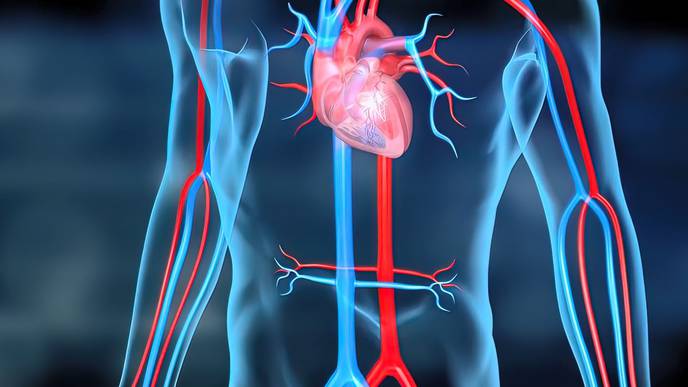Book Online
You Can Request Appointment(Pending Confirmation) in 24 Hours

The aorta is the body’s major blood vessel. It runs from your heart, through your chest, and to your abdomen where it divides to supply blood to your legs. An abdominal aortic aneurysm (AAA) is a blood-filled bulge or ballooning in a part of your aorta that runs through your abdomen. Over time, this bulge in your aorta can become weak, and the force of normal blood pressure can cause it to rupture. This can lead to severe pain and massive internal bleeding, or hemorrhage
It is not known what exactly causes an abdominal aneurysm in some people. The ballooning may be caused by a weakness in the wall of the aorta where it has become inflamed. Some doctors believe that this inflammation may be due to clogged arteries (atherosclerosis), but it may also be related to heredity, injury, or other diseases.
Most people with an abdominal aortic aneurysm do not have any symptoms. Often, the aneurysms grow slowly and go unnoticed. Many never reach the point of bursting; others enlarge quickly. When an abdominal aneurysm expands, you or your doctor may notice a throbbing in the middle or lower part of your stomach, lower back pain, or tenderness in your chest. Most abdominal aneurysms are identified during routine medical exams.
While the exact causes of abdominal aortic aneurysm are not clear, there are some risk factors associated with abdominal aortic aneurysm:
If your doctor sees signs of an abdominal aortic aneurysm, he or she may arrange for special tests to confirm the diagnosis. Usually, these will involve imaging of your abdomen using magnetic resonance imaging (MRI), computerized tomography (CT), and ultrasound imaging. The images produced by these methods help your doctor “see” inside your aorta as well as other blood vessels and organs in your body to see if an aortic aneurysm is present.
A large cut is made in your abdomen. The abnormal vessel is replaced with a graft made of man-made material.
This procedure can be done without making a large cut in your abdomen, so you may recover more quickly. This may be a safer approach if you have certain other medical problems or are older adults. Endovascular repair can sometimes be done for a leaking or bleeding aneurysm.
The outcome is often good if you have surgery to repair the aneurysm before it ruptures. When an abdominal aortic aneurysm begins to tear or rupture, it is a surgical emergency. Only about 1 in 5 people survive a ruptured abdominal aneurysm.